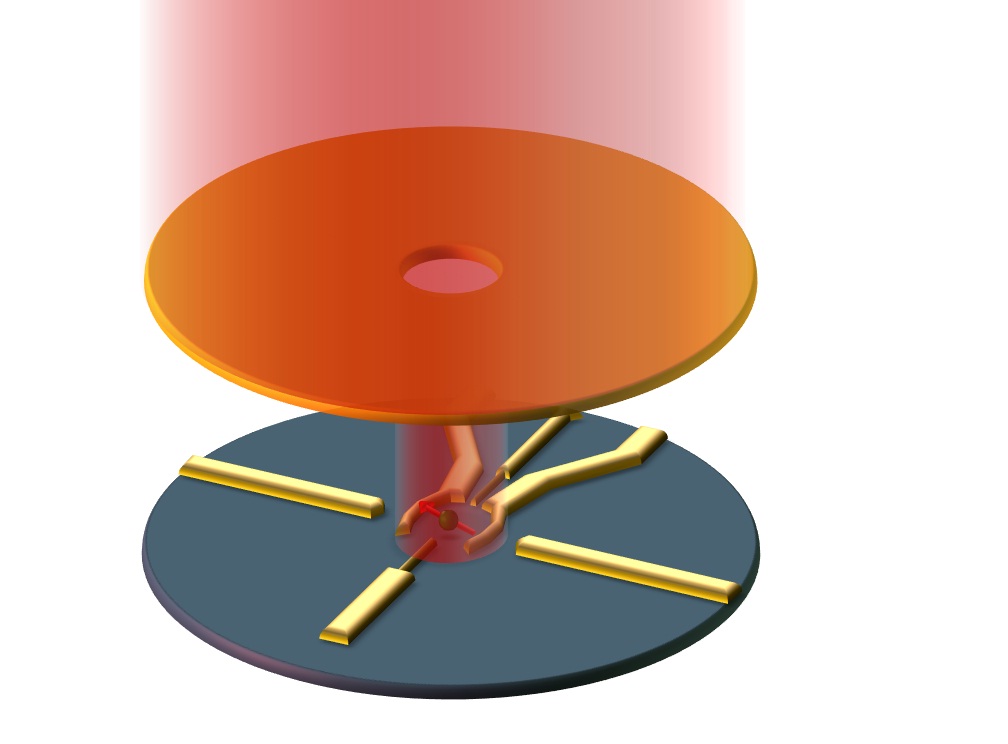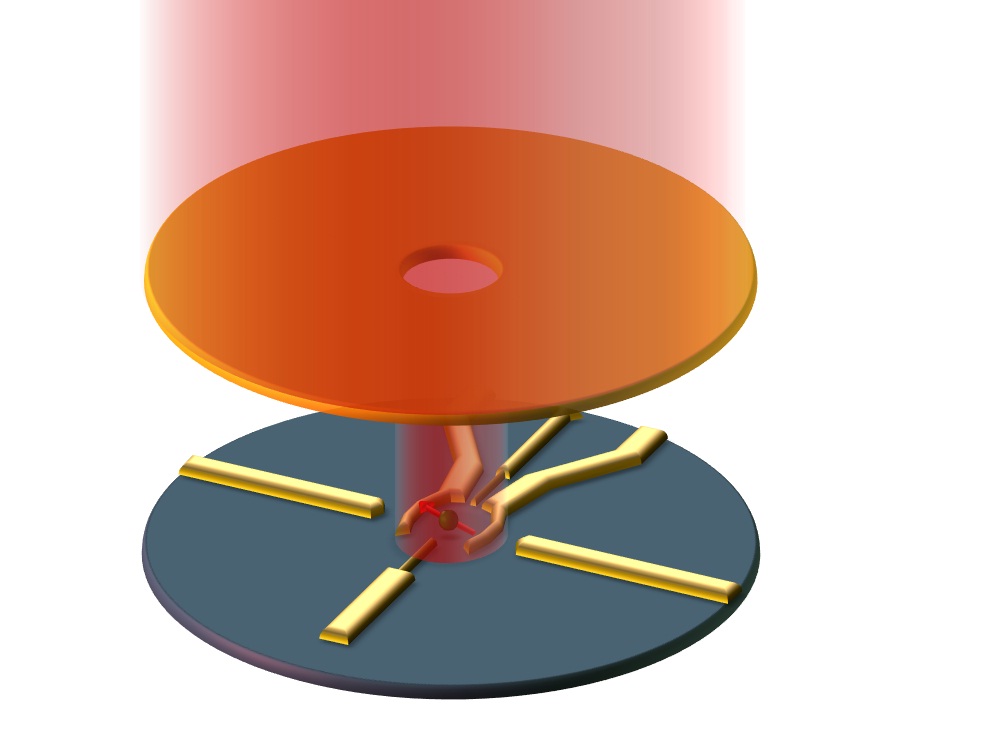Early detection
In a quantum dot, the spin of an electron can act as a unit of quantum information. The photon is the ideal carrier of this information, which it can convey undisturbed over large distances. Researchers are therefore always on the lookout for robust means to transfer a quantum state between the storage (electron spin) and the messenger (photon).
In recent years, the quantum dot has come to be seen as a useful source of photogenerated electrons, which can be probed by so-called single-shot measurements using quantum point contacts. That said, such detection techniques are hampered by the need to complete the detection process before the electron spin flips thermally. Now, Alessandro Pioda, at the University of Tokyo, and coauthors in Japan report in a paper in Physical Review Letters that they may have dealt with this limitation in quantum dots formed from -based semiconductor heterostructures. By manipulating the electrical properties of the dot, and hence the tunneling time across the dot, they tune the time it takes to detect photogenerated electrons, on occasion making it shorter than the spin-flip time. The short timescale and tunability allows them to determine the spin direction of electrons generated by circularly polarized light. The authors hope that the ability to transfer the polarization of a photon to the spin of an electron will some day lead to a device to coherently transfer quantum information between an optical and an electrical medium—a solid-state quantum repeater. – Sami Mitra





